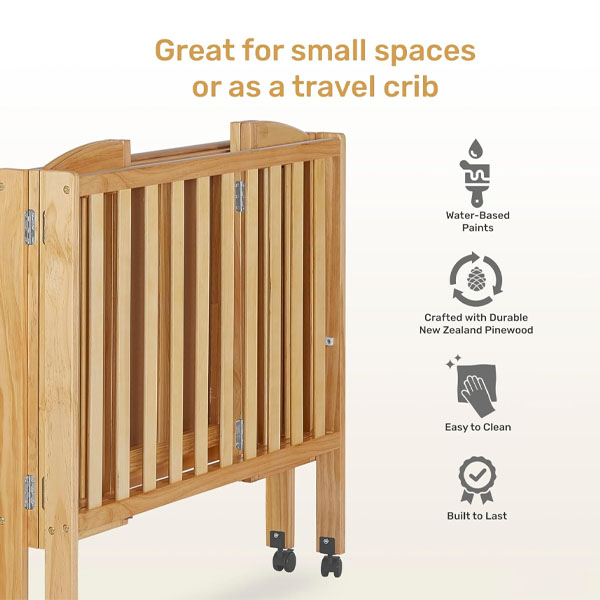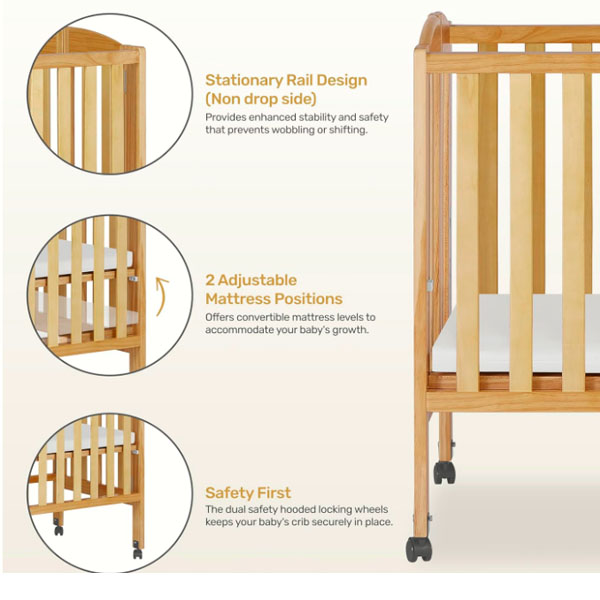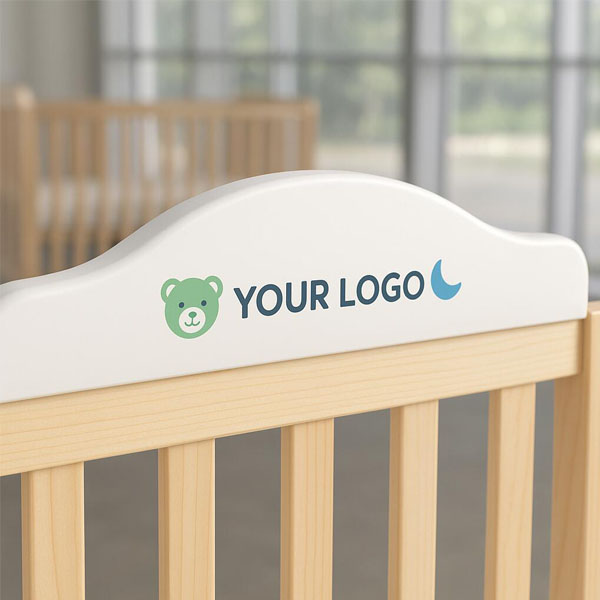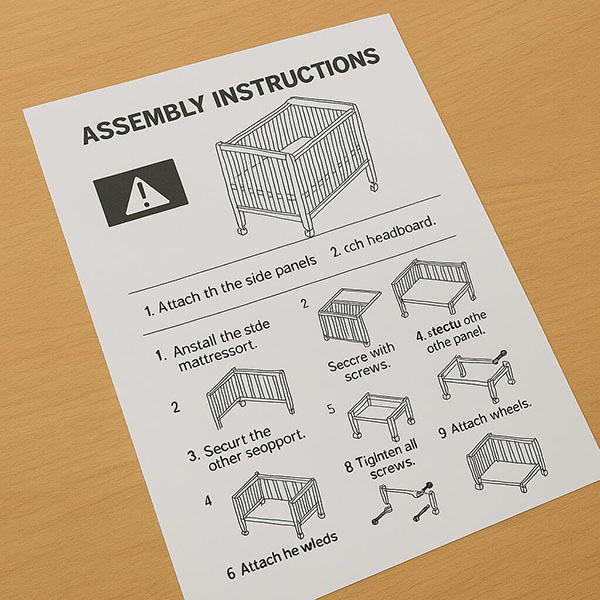What age should a child stop sleeping in a cot?
Worried your toddler is getting too big for their cot? You’re not alone—this transition can feel overwhelming for both parents and kids.
Most children stop sleeping in a cot between 18 months and 3.5 years, depending on their size, sleep habits, and safety. Watch for signs like climbing out or resisting bedtime.

The right timing is different for every child, but there are clues to help you decide. Let’s walk through them together.
Why does age matter when moving from cot to bed?
Many parents wait too long—or switch too early—and regret it.
Age matters because development, safety, and sleep habits change fast between 1 and 4 years old.
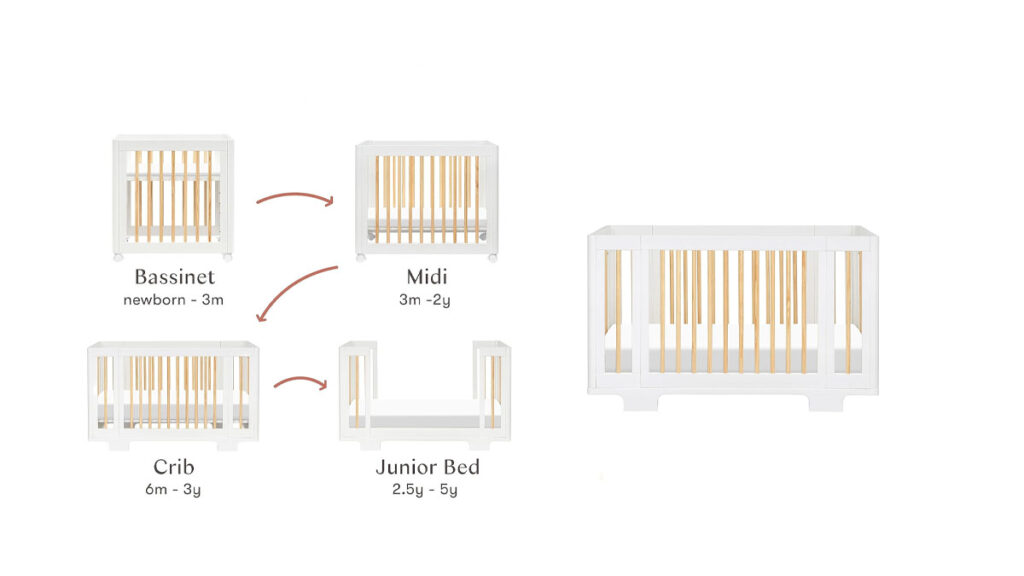
Cot safety vs. climbing danger
From about 18 months, some toddlers start trying to climb out of their cot. This creates a safety risk, even if the child isn’t ready for a full bed. I remember catching my daughter mid-escape more than once before I finally accepted it was time.
It’s safer to move a child once they’re regularly attempting to climb, even if they’re not yet 2. If they fall, the risk of head injuries or broken bones becomes real.
Here’s how cot suitability changes with age:
| Age Range | Cot Benefits | Risks |
|---|---|---|
| 0–12 months | Safe and snug environment | None (unless broken or faulty) |
| 12–24 months | Good sleep consistency | May begin climbing |
| 2.5–4 years | Too small for many toddlers | Major climbing risk |
Emotional readiness and bedtime struggles
Kids often show emotional signs when they’re done with the cot. My son, for instance, began shouting and refusing to lie down in his cot just after his second birthday. That was the cue.
If your child fights bedtime, says the cot is “for babies,” or seems excited about a new bed, they may be mentally ready to move. Don’t underestimate how big of a deal this milestone feels to them.
What signs show your child is ready to leave the cot?
Timing it wrong can cause poor sleep or tantrums.
The clearest signs include climbing, frequent bedtime resistance, or waking more than usual.
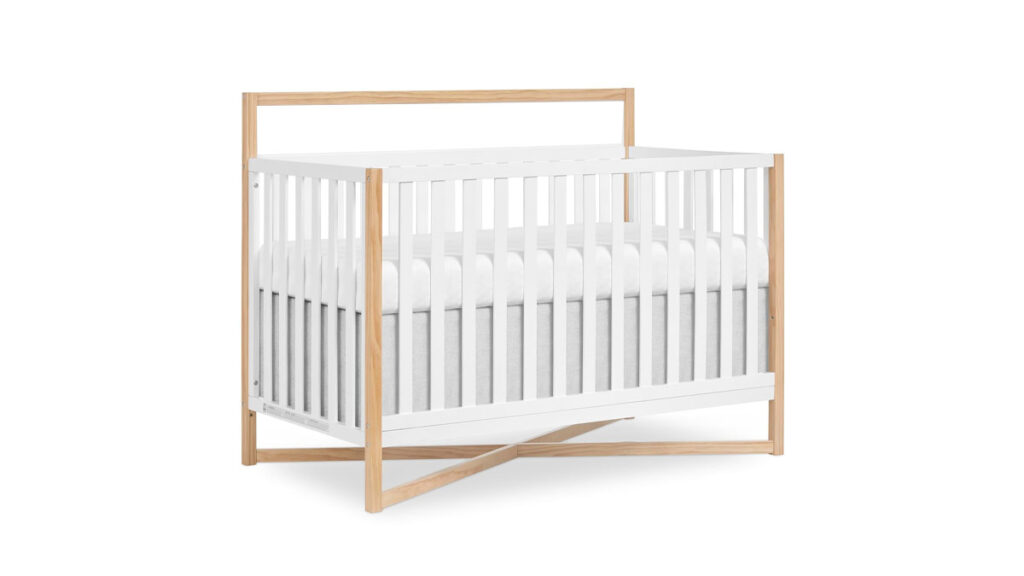
Physical signs to watch for
If your child’s chest comes over the top rail when standing, or they look squeezed when lying down, the cot’s size is no longer right. According to safety experts, once your toddler is 89 cm (35 inches) tall, it’s time to think about switching.
My youngest grew fast, and by 2.5 years old, her legs were jammed against the bars. Even though she hadn’t climbed out, it was clearly uncomfortable.
Common physical signs:
- Frequently bumps into rails
- Curls into a tight ball to fit
- Can get out unassisted
Emotional signs that matter
Some children develop strong preferences early. If your child points to your bed or asks for a “big kid bed,” take it seriously. Even kids under 3 can express these preferences.
Other signs:
- Refuses to lie down in cot
- Suddenly dreads bedtime
- Starts roleplaying about “big beds”
What happens if you move them too early?
Rushing the switch can backfire—bad sleep and regressions are common.
If moved too early, your child may feel unsafe or start getting out of bed often, disrupting sleep.
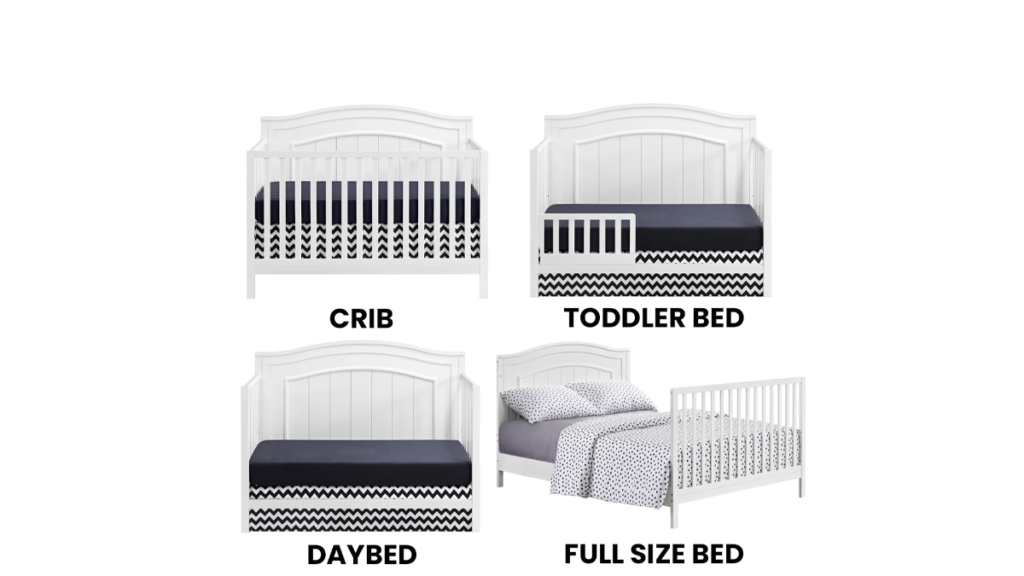
Sleep regression and bedtime stress
I once moved my firstborn out of the cot at 20 months because she looked big. It was a disaster. She got up 10+ times every night, and naps vanished. We had to go back to the cot.
Sleep regression is real. Without the visual boundary of a cot, young toddlers feel anxious or too free. They may wander at night, struggle with routines, or become clingier.
To avoid this:
- Keep your child in a cot until they show physical/emotional readiness
- Talk about the transition for weeks beforehand
- Keep other routines (bath, story) the same
Safety becomes your job now
Once you move them out of the cot, you must toddler-proof their room. Unlike cots, beds offer no physical limit. If they wake at night, they might explore—even if it’s dark or unsafe.
Safety tips:
- Use a bed rail
- Keep furniture secured to walls
- Remove cords, sharp items, or choking hazards
Should you use a toddler bed or go straight to a full bed?
Parents often wonder what’s best long-term.
A toddler bed offers a gentler transition, but a full bed saves money and works fine with safety rails.
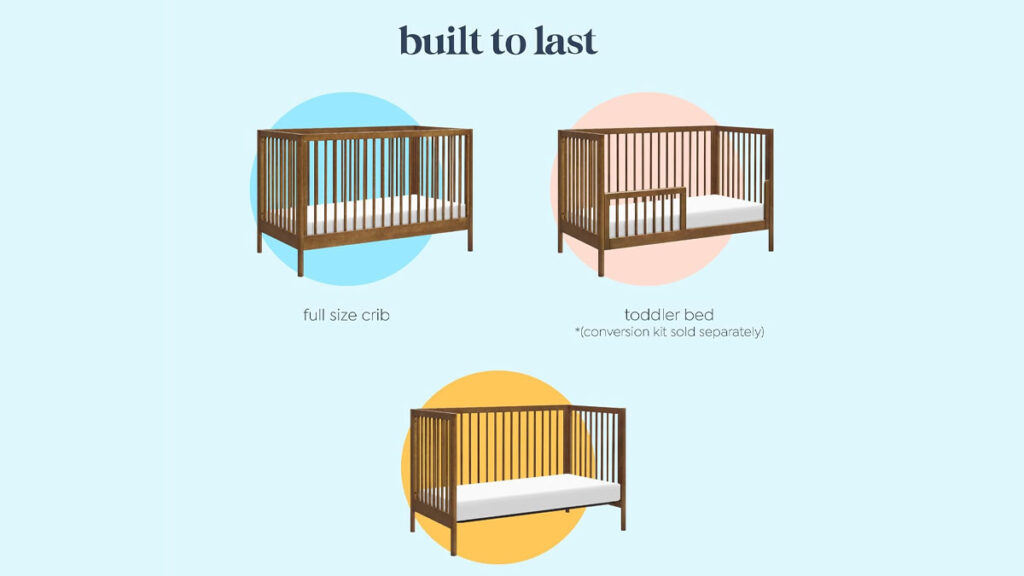
Benefits of toddler beds
Toddler beds are small, low to the ground, and often come in fun themes. They feel familiar to cot sleepers and are easy for little legs to climb into.
We chose a toddler bed for our middle child because she was nervous about falling. It helped her feel safe, and we reused her cot mattress.
| Bed Type | Pros | Cons |
|---|---|---|
| Toddler Bed | Small, cozy, lower height | Outgrown quickly |
| Full Single | Long-term use, cost-saving | Can feel too big, risk of fall |
When a full-size bed makes sense
If your child seems bold or already sleeps well alone, a full bed with safety rails can work. Many parents prefer this to avoid extra purchases. Just make sure the room is set up safely, and the bed isn’t too high.
Conclusion
Most kids stop sleeping in a cot between 18 months and 3.5 years. Watch your child for signs—don’t rush, and don’t delay too long either.





